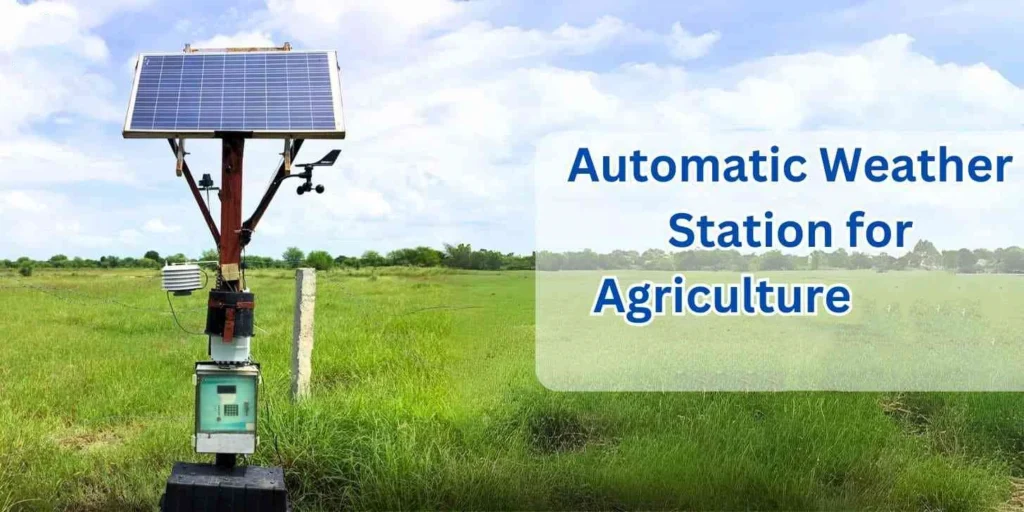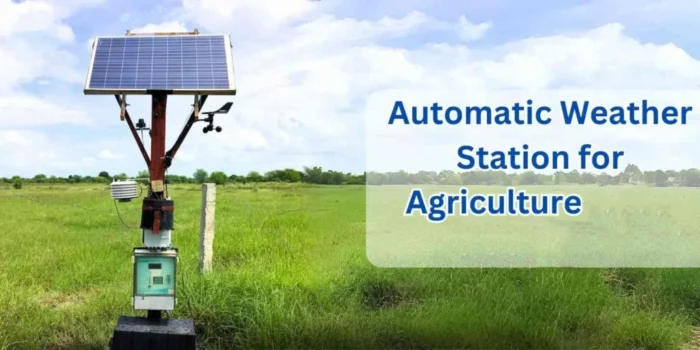
# AWS Weather Station: Real-Time Environmental Monitoring Solutions
In today’s rapidly changing climate, having access to accurate and real-time environmental data is more important than ever. The AWS Weather Station offers a comprehensive solution for monitoring weather conditions, providing valuable insights for various industries and applications.
## What is an AWS Weather Station?
An AWS Weather Station is a sophisticated system designed to collect, process, and transmit environmental data in real-time. These stations are equipped with a variety of sensors that measure parameters such as temperature, humidity, wind speed, wind direction, rainfall, and atmospheric pressure. The data collected is then transmitted to a central server or cloud platform, where it can be analyzed and accessed by users.
## Key Features of AWS Weather Stations
### Real-Time Data Collection
One of the most significant advantages of AWS Weather Stations is their ability to collect data in real-time. This ensures that users have access to the most up-to-date information, which is crucial for making informed decisions in industries such as agriculture, aviation, and disaster management.
### High Accuracy Sensors
AWS Weather Stations are equipped with high-precision sensors that provide accurate and reliable data. This level of accuracy is essential for applications where even minor deviations can have significant consequences, such as in weather forecasting and climate research.
### Remote Monitoring and Control
With AWS Weather Stations, users can monitor and control the system remotely. This feature is particularly beneficial for stations located in remote or hard-to-reach areas, allowing for continuous operation without the need for frequent physical maintenance.
### Integration with Cloud Platforms
AWS Weather Stations can be seamlessly integrated with cloud platforms, such as Amazon Web Services (AWS). This integration enables users to store, analyze, and visualize data efficiently, leveraging the power of cloud computing for advanced data processing and machine learning applications.
## Applications of AWS Weather Stations
### Agriculture
In agriculture, AWS Weather Stations play a crucial role in optimizing crop management. By providing real-time data on weather conditions, farmers can make informed decisions about irrigation, planting, and harvesting, ultimately improving crop yields and reducing resource wastage.
### Aviation
For the aviation industry, accurate weather data is essential for ensuring the safety and efficiency of flights. AWS Weather Stations provide real-time information on wind speed, direction, and atmospheric conditions, helping pilots and air traffic controllers make better decisions.
### Disaster Management
In disaster management, timely and accurate weather data can save lives. AWS Weather Stations provide critical information that can be used to predict and respond to natural disasters such as hurricanes, floods, and wildfires, enabling authorities to take proactive measures to protect communities.
### Environmental Research
AWS Weather Stations are invaluable tools for environmental research. By providing continuous and accurate data, these stations help scientists study climate patterns, monitor environmental changes, and develop strategies for mitigating the impacts of climate change.
## Conclusion
The AWS Weather Station is a powerful tool for real-time environmental monitoring, offering high accuracy, remote accessibility, and seamless integration with cloud platforms. Whether for agriculture, aviation, disaster management, or environmental research, these stations provide the data needed to make informed decisions and drive positive outcomes. As the world continues to face the challenges of a changing climate, the importance of reliable weather monitoring solutions like the AWS Weather Station cannot be overstated.
Keyword: aws weather station
